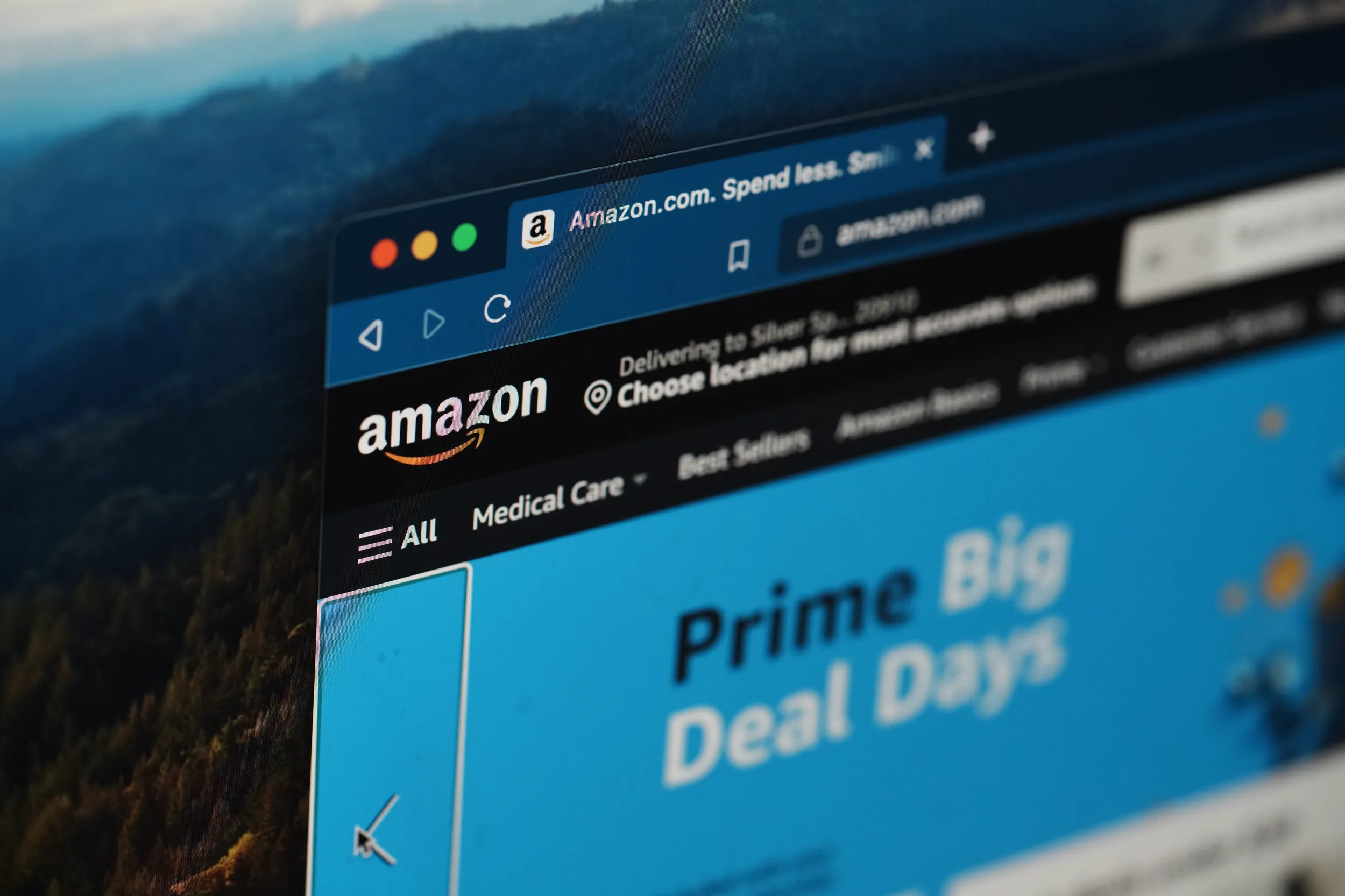Higher Prices For Smartphones? Sign Me Up.
 T-Mobile wants to charge you more for a phone, maybe a lot more. I think it’s a fantastic idea, and I hope the rest of the wireless industry follows its lead.
T-Mobile wants to charge you more for a phone, maybe a lot more. I think it’s a fantastic idea, and I hope the rest of the wireless industry follows its lead.
The Bellevue, Wash.-based subsidiary of Deutsche Telekom said Thursday that beginning next year, it would abandon the wireless industry’s traditional business model of selling you a phone below cost and making up the difference–and then some–with higher monthly rates.
(Disclosure: T-Mobile is a member of the Computer & Communications Industry Association, the Washington trade group that operates this blog. So is its competitor Sprint.)
Instead, you’ll pay full price for a phone–possibly with the balance over $99 added in $15 or $20 increments to your monthly bill until you’re clear, although the company isn’t talking specifics yet–and then owe a lower monthly fee for your service.
How much less? The best smartphone deal among T-Mobile’s “classic” subsidized plans costs $79.99 for 500 minutes of peak calling plus unlimited data and texting. But if you opt for the corresponding, no-subsidy “value” plan, you’d pay $20 less a month–saving $480 over a two-year contract, more than the list prices of most of its smartphones.
(Tip: Never pay more for unlimited calling. Between the overall decline in voice calling and all the free minutes you get for night and weekend airtime and for calls to other mobile phones, your odds of getting a case of bill shock from talking too much are nearing zero.)
And 80 percent of T-Mobile’s new customers made that money-saving choice in its latest quarter, CEO John Legere said in a presentation on Thursday.
This is a much bigger deal than T-Mobile almost certainly getting the iPhone next year.
Breaking the link between the price of your phone and the price of your service solves a few deeply-rooted problems with the wireless industry.
* It ends the fundamental dishonesty of charging people more after the carrier has recouped its initial subsidy–and, in many cases, long after the manufacturer and the carrier have stopped offering software updates for the phone.
* It forces phone vendors to earn your upgrade business–without punishing enthusiasts who upgrade early with higher prices. (During Thursday’s T-Mobile presentation, Legere said the carrier would offer a trade-in deal, in which it would buy back your old phone, then recondition and resell it.)
* It should further open the market to direct sales from phone vendors, who in turn can design phones without interference from the carriers. It’s sad that, more than five years after the iPhone’s debut–initially at an unsubsidized price–our options for smartphones without carrier-installed bloatware are not just small but seem to be shrinking.
* It terminates the business case for the insidious practice of electronically locking a phone against use with other carriers, which can vastly increase the cost of using a phone overseas. (T-Mobile is already a leader on that front; it will unlock a phone once you’re 40 days into a contract.)
This isn’t an assured customer victory. T-Mobile’s bigger competitors could take advantage of their larger scope to beat it on total cost over a two-year term. Manufacturers could replace carrier bloatware with their own and could be just as bad at shipping software updates. Individual shoppers could be bad at math and ignore a deal that benefits them.
But if nothing else, this news provides just cause for everybody who opposed AT&T’s proposed purchase of T-Mobile—myself included–to change their smartphone’s wallpaper to a “Mission Accomplished” banner.








